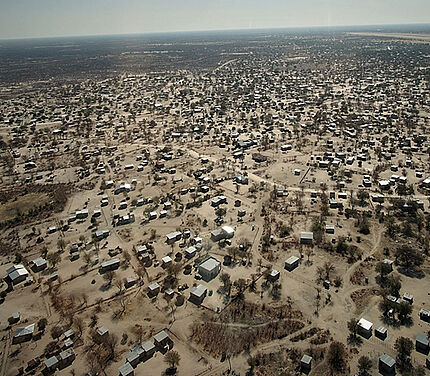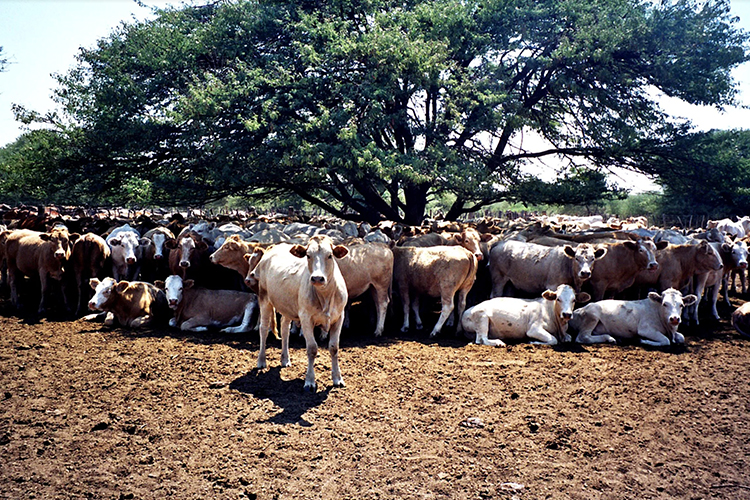AFRICA
Botswana
Area: 581,730 km²
Geography: Botswana is a landlocked, semiarid country. It is predominantly flat and extends in the southwest into the Kalahari Desert. Diamond exports and tourism are the most profitable economic sectors whereas subsistence farming and cattle rearing play an important role for livelihoods in rural areas. (CIA, 2019)
Land Degradation: Drought and desertification are the two major environmental challenges for Botswana. The total annual cost of land degradation is estimated at USD 353 million — this is equal to 3.2% of the country's GDP. A considerable share of the costs of land degradation (73%) is due to the decline in provisioning ecosystem services (e.g. food availability, wood production, etc.), which has a significant impact on the wellbeing of the population. (UNCCD, 2019)
Sustainable Land Management: Botswana has committed to set a national voluntary LDN target, establish an LDN baseline, and formulate associated measures to achieve LDN. (UNCCD, 2019)

ELD ACTIVITIES
-
Case Study (2014)
Title: ELD Case Study of Botswana's Kalahari - Assessing the socio-economic and environmental dimensions of land degradation .
Authors: Favretto N., Stringer L.C., Dougill A.J., Perkins J.S., Akanyang L., Dallimer M., Atlhopheng J.R., Mulale K.
Scope and findings: The report identifies key rangeland ecosystem services in Botswana's Kgalagadi District and assesses the costs and trade-offs associated with them. A Multi-Criteria Decision Analysis is used to rank alternative land use options. Communal livestock grazing was identified as the most appropriate land-use option as it delivered the widest range of ecosystem services, followed by Wildlife Management Areas, private cattle ranches and private game ranches.

CONTACT
ELD Secretariat
E-Mail: info@eld-initiative.org
